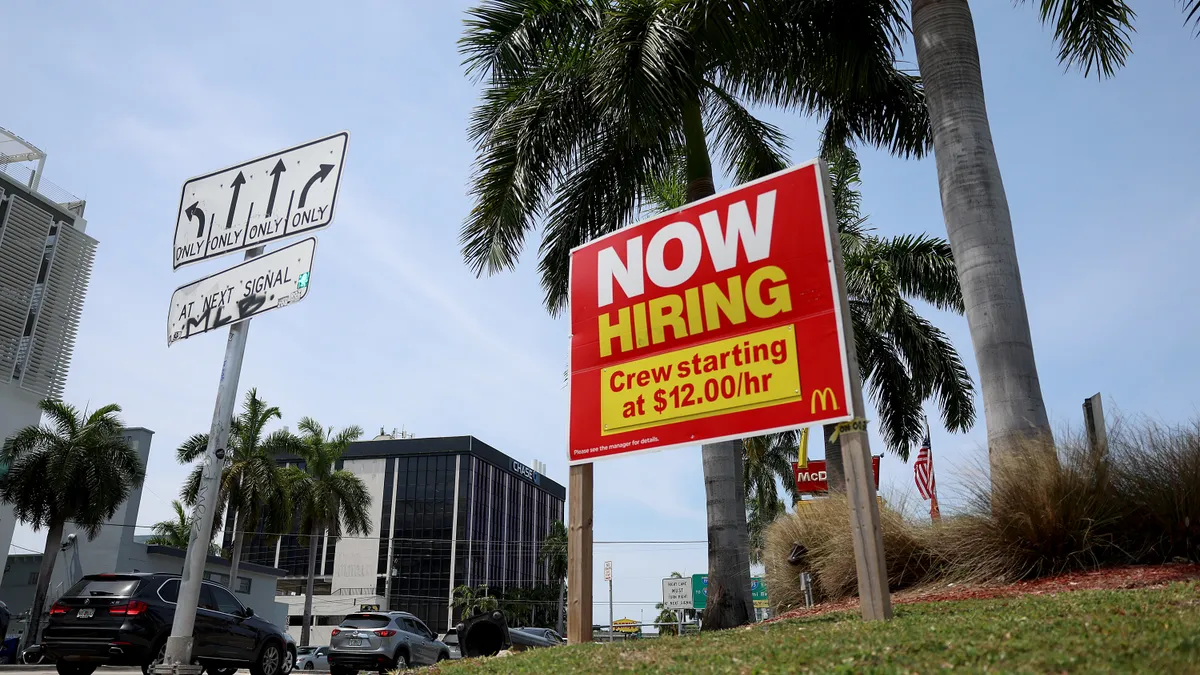When Airbus earlier this year paid almost $4 billion in penalties to settle Foreign Corrupt Practices Act charges, it marked the end of a process that required it to sift through tens of millions of documents to identify what needed to be turned over to U.S., U.K., and French government agencies.
Given the size and complexity of Airbus’ global operations, the company’s document review process was of a scale that most companies won’t have to face.
But as government agencies increase the use of data analytics tools to catch finance and accounting irregularities, executives must be on alert that traditional ways of sifting through documents for government review are becoming impractical, says Ben Barnett, strategic e-discovery and data management partner at global advisory firm Dechert LLP.
It’s getting to the point where only technological tools can handle the volume of analysis that must be done to produce documents that regulators demand when they launch compliance investigations, Barnett said in a Dechert webcast.
"Given the increase in business and personal data, a lot that can go wrong in this area, one of most consequential parts of any investigation," he said. "Those errors can have material consequences."
SEC steps up data analysis
Enforcement actions by the Securities and Exchange Commission (SEC) a week ago are a case in point. The regulator announced it had used a data-analytics tool to catch non-compliant accounting practices by two companies.
"The actions are the first arising from investigations generated by the Division of Enforcement's EPS Initiative, which uses risk-based data analytics to uncover potential accounting and disclosure violations caused by, among other things, earnings management practices," the SEC said in its announcement.
For companies facing an enforcement action, relying on traditional attorney review of documents is no longer cost-feasible. Instead, compliance requires the kind of data analytics tools regulators are adopting to find irregularities.
Barnett, whose team helped Airbus identify and produce the documents it turned over to regulators, said he had to use a mix of tools because different types of data require different types of tools.
"You can't use [certain tools] for some electronic data," he said. "They simply don't work. And similarly, running searches to scan hard copy documents can be fairly limited by the quality of the optical character recognition (OCR) technology."
In Airbus's case, his team deployed an algorithm-based predictive coding tool to go through the company's tens of millions of documents.
"We did that by teaching the algorithm to make accurate provisional predictions as to relevance," he said. These documents are then subject to attorney review.
"This approach can drastically reduce the review population and the amount of time required to conduct the review," he said, "while still ensuring you identify and capture the most relevant material."
Cost measure
Depending on the type of enforcement action a company is responding to, the cost of managing what's known as e-discovery — the finding, preserving, collecting and reviewing of electronic documents — is often one of the costliest and most time-consuming part of attorney review, which must be done before documents are handed over to authorities.
"Most of our clients are focused on streamlining and improving attorney review," Barnett said.
In the Airbus case, because it involved such large amounts of data, there was no way other than a data analytics tool to meet compliance requirements.
"Traditional review techniques like using search terms are, frankly, not well-equipped to deal with data volumes that size in any sort of proportionate or targeted manner," he said. "In fact, using search terms would have created the risk of missing key documents or actually creating a perpetual document review that fails to establish key facts in a timely fashion."
New best practice
Before jumping into the e-discovery process, Barnett said, executives should think hard about matching the tools to the kinds of data they have, otherwise they risk extending the time and cost of the project.
"Build a project-specific toolkit that rewards effectiveness and efficiency," he said. "Doing this will reduce the risk that your review is determined to be deficient by the authorities or overly cumbersome and costly by senior company management."
Remote work also changes the task and increases the importance of the tools, he said.
Traditionally, the discovery process starts with an interview with employees who manage the relevant documents, whom Barnett calls the custodians. These interviews are now done remotely and are likely to stay remote even after the pandemic passes because of the efficiencies companies are realizing. Same thing with attorney review. This used to be done in centralized review sites but they will also likely be done remotely more often going forward.
"These sorts of centralized review sites may no longer ... make financial sense," he said.





















